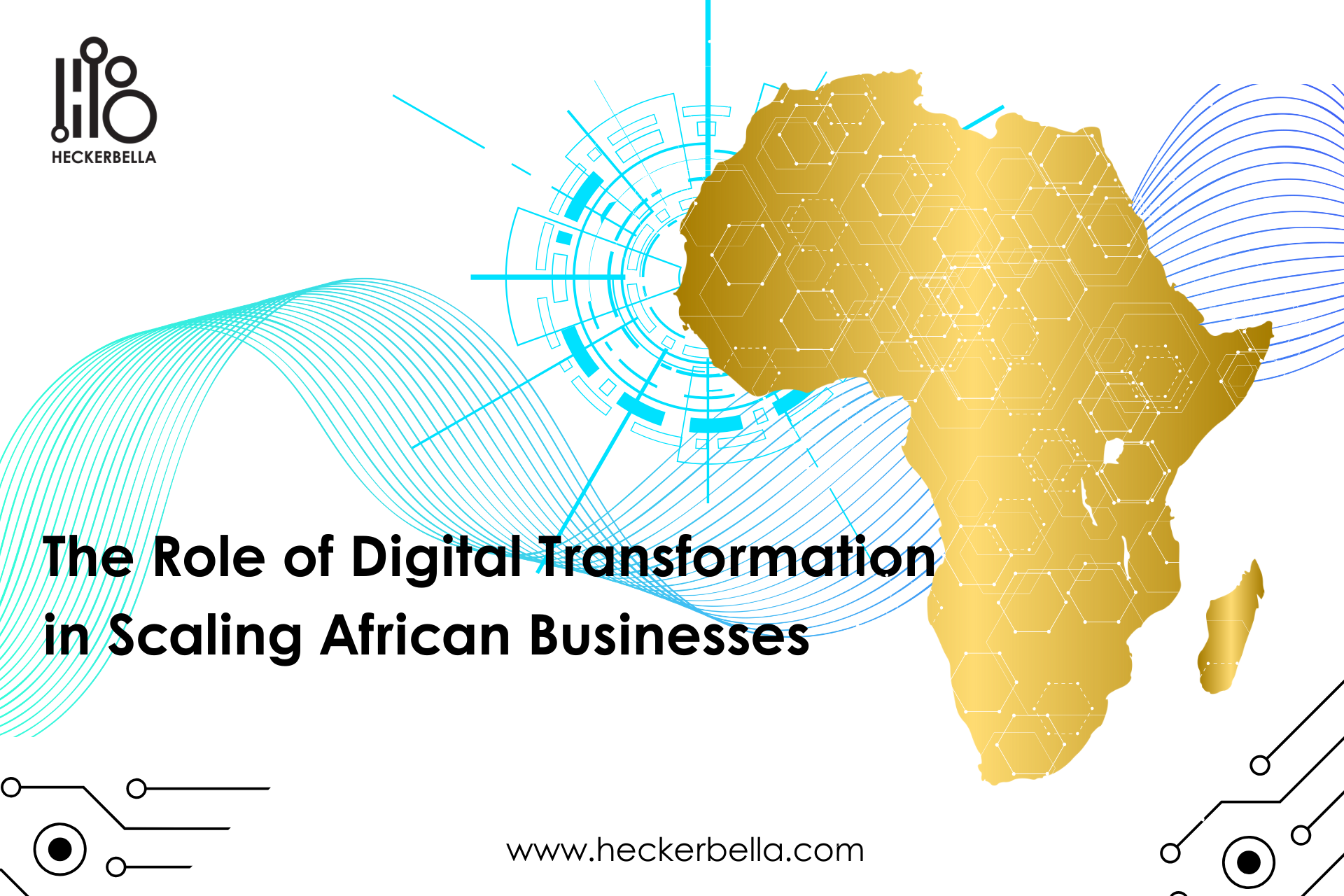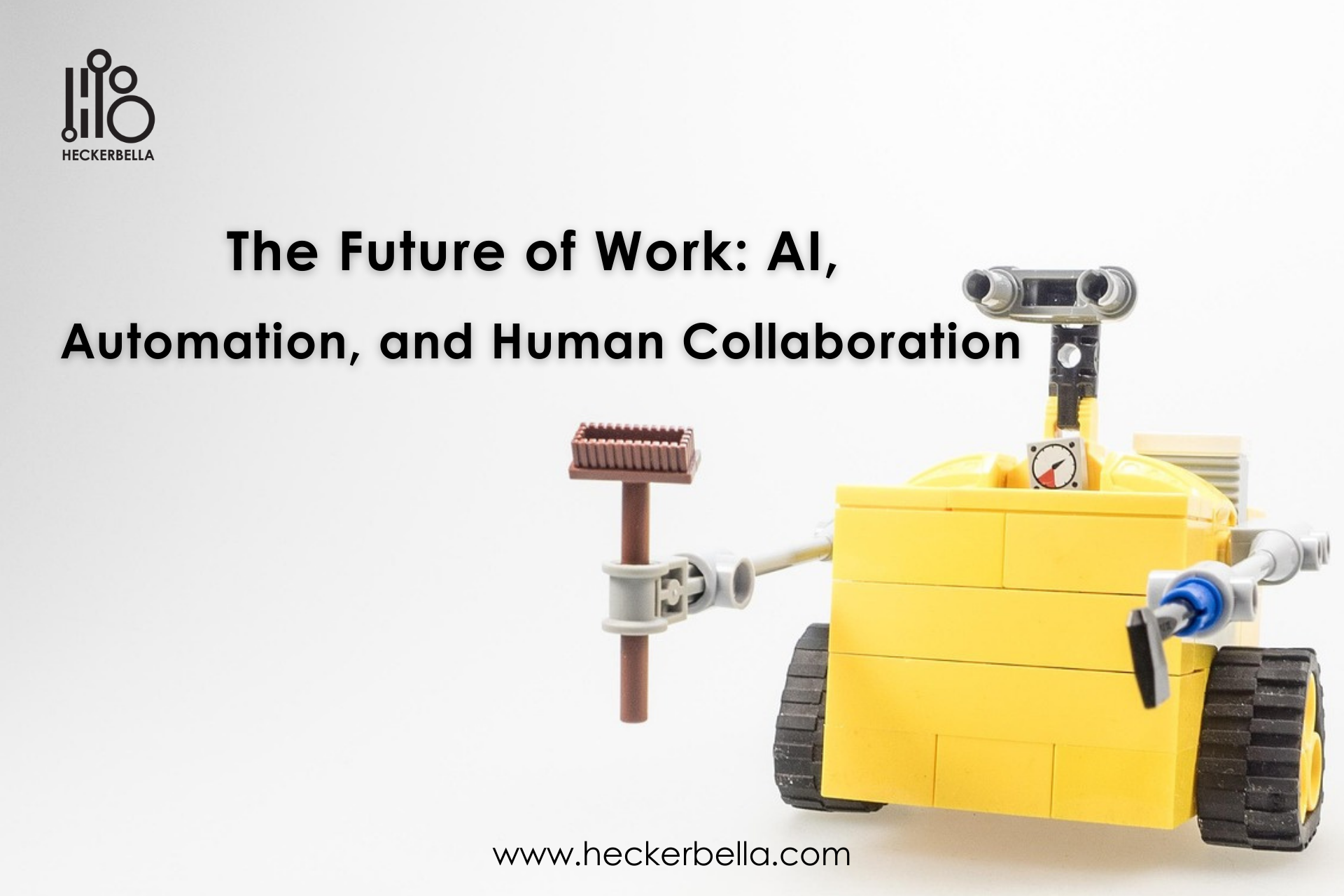The Future of Workforce Management: Top 6 Trends to Watch in 2025
As we move toward 2025, workforce management is evolving rapidly. Advances in digital tools and changing work environments are prompting companies to rethink how they manage, monitor, and support employees. Today’s workforce management tools go beyond basic time-tracking; they are central to strategic decision-making and productivity. Here’s a closer look at the top trends shaping the future of workforce management, including innovations like AI-driven analytics and employee well-being measures.
1. AI and Automation in Scheduling and Task Management
AI is set to transform workforce management by automating complex workflows, predicting staffing needs, and optimizing task assignments, all of which improve efficiency and employee satisfaction.
Artificial intelligence (AI) is revolutionizing scheduling, task assignments, and broader employee management. By analyzing vast amounts of data, AI can predict staffing needs, suggest optimized schedules, and automate repetitive tasks—freeing managers to focus on strategic activities. For example, in industries with fluctuating demand, like retail and healthcare, AI can help anticipate peak periods and adjust staffing levels, reducing labor costs and enhancing efficiency.
By 2025, AI-driven scheduling tools will likely be a staple, especially for businesses with variable staffing needs. These tools can improve employee satisfaction by offering flexibility and predictability in schedules.
2. Emphasis on Data-Driven Decision Making
Data analytics are critical for identifying workforce trends and making informed decisions that drive performance and cost efficiency.
Workforce analytics have become essential for businesses to make data-driven decisions. Modern platforms now collect and analyze employee data on performance, attendance, and productivity, providing insights for strategic adjustments. With tools like Heckerbella’s TimAtend, companies can gather real-time data to make impactful decisions, such as identifying underutilized talent, reducing overtime costs, or managing absenteeism.
In 2025, more organizations will adopt data-driven approaches not only to boost individual productivity but also to enhance team dynamics and overall workforce health
3. Increased Demand for Flexibility in Workforce Management
Flexibility in scheduling is key to attracting and retaining talent, with companies increasingly supporting hybrid work, non-traditional hours, and dynamic schedules.
The demand for flexibility extends beyond remote work, with employees increasingly seeking personalized work hours and dynamic scheduling. Organizations that can adapt to these needs are more likely to attract and retain top talent. Flexible workforce management tools enable non-traditional work hours, hybrid roles, and on-demand staffing while maintaining productivity and accountability.
By 2025, flexible scheduling will become the default, with tools like TimAtend helping employers customize schedules, track both remote and in-office employees, and optimize work hours based on productivity trends
4.Integration of Biometric and Advanced Authentication Technologies
Advanced security measures like biometric authentication are becoming essential for maintaining accurate attendance records and reducing fraud.
With the rise of digital solutions, data security is a priority, and biometric authentication (fingerprints, facial recognition, voice ID) offers reliable, efficient methods for managing attendance. These technologies reduce risks such as “buddy punching” and enhance the accuracy of attendance records, becoming increasingly standard as digital workplaces grow.
In 2025, advanced biometric authentication will be essential for secure, accurate data management. Platforms like TimAtend integrate secure biometric solutions, setting a new standard in attendance tracking.
5.Focus on Employee Well-being and Mental Health
Employee well-being initiatives are now central to workforce management, with data-driven tools helping managers monitor morale and prevent burnout.
Employee well-being is now critical for both productivity and retention, with many workforce management tools incorporating features to monitor employee morale and wellness. By tracking metrics like attendance and overtime, managers can identify signs of burnout early and implement support measures proactively.
By 2025, wellness tracking will be an integral part of workforce management strategies, as businesses recognize its impact on overall performance
6. Enhanced Mobile Accessibility for Workforce Management Tools
Mobile accessibility is essential for workforce management, allowing employees and managers to handle scheduling, communication, and task tracking on the go.
As mobile accessibility becomes standard, workforce management tools are more convenient than ever. Employees can check schedules, log hours, request time off, and communicate with supervisors—all via mobile. Managers benefit from the flexibility to monitor attendance and productivity, allowing real-time adjustments.
TimAtend, for instance, is designed for seamless mobile access, ensuring that both managers and employees can stay connected and informed anytime, anywhere. In 2025, mobile accessibility will continue to improve, facilitating a connected, flexible workforce.
Staying ahead of workforce management trends is essential for organizations seeking long-term success. By investing in data-driven, flexible, and employee-centered solutions, businesses can foster a productive, engaged, and satisfied team. With 2025 around the corner, now is the time to adopt tools
Staying ahead of these trends will be crucial for businesses aiming to thrive. By integrating flexible, data-driven, and employee-centered solutions organizations can not only manage their workforce more effectively but also foster a productive, engaged, and satisfied team.
With 2025 around the corner, now is the time to invest in tools that meet the demands of the modern workforce. By adopting these emerging trends, companies can ensure they are ready for the future of work.
References:
Skill Shift: Automation and the Future of the Workforce by McKinsey
How Automation is Shaping the Future of Work by McKinsey
Global Human Capital Trends 2024 by Deloitte




